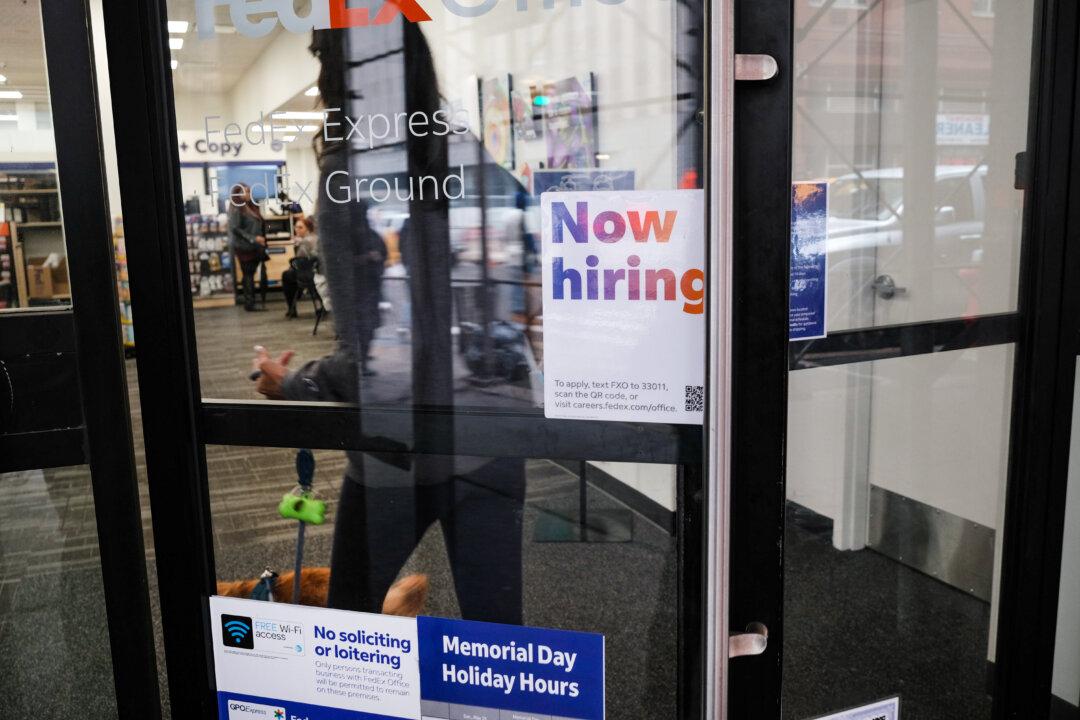News Analysis
The U.S. economy is expected to have added 180,000 jobs in April, according to consensus estimates. If the forecasts are accurate, this would represent the smallest monthly gain since December 2019.

The U.S. economy is expected to have added 180,000 jobs in April, according to consensus estimates. If the forecasts are accurate, this would represent the smallest monthly gain since December 2019.